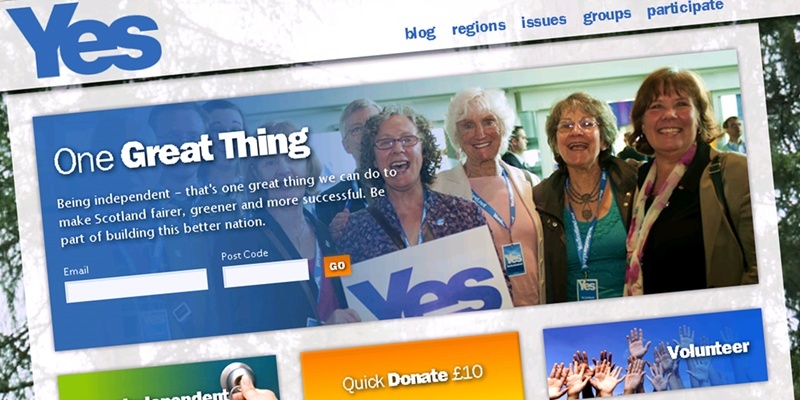The official campaign for Scottish independence has had to remove part of its website after unionist politicians claimed to be portrayed as supporters.
Everyone who followed the Yes Scotland campaign on Twitter had personal information, including their name and photograph, uploaded to the site’s database.
The details were accompanied by the words: ”Powered by people o’ independent mind, like you…”
Labour MSP Russell Brown and Conservative MSP Jackson Carlaw were among those who followed the Twitter account.
A spokesman for the Yes campaign said: ”YesScotland.net is open to all people who want to find out about the many benefits of an independent Scotland, including 15,000 supporters who have already signed the Yes Declaration and followers, people of ‘independent mind’, who are not counted as supporters, and who have connected with Yes Scotland through our website, Facebook page or Twitter account simply to find out more.”
Scottish Liberal Democrat leader Willie Rennie said: ”This is an underhanded way to pad out numbers to make it look like more people support the break-up of the UK than is actually the case.”
The campaign removed the section of the website late on Wednesday afternoon.
